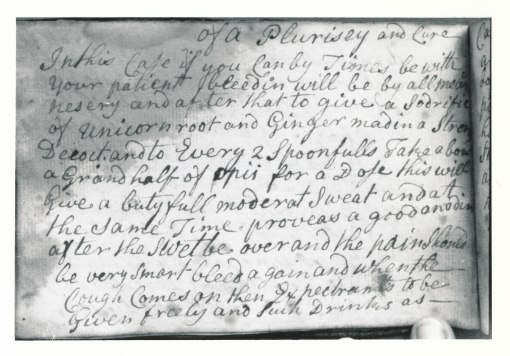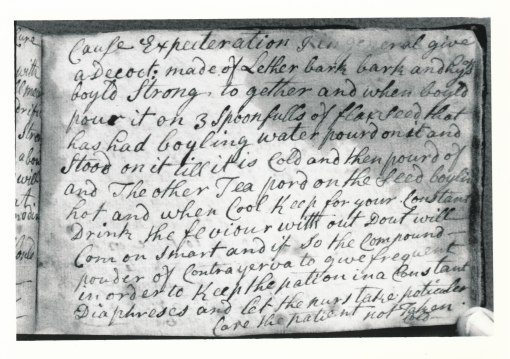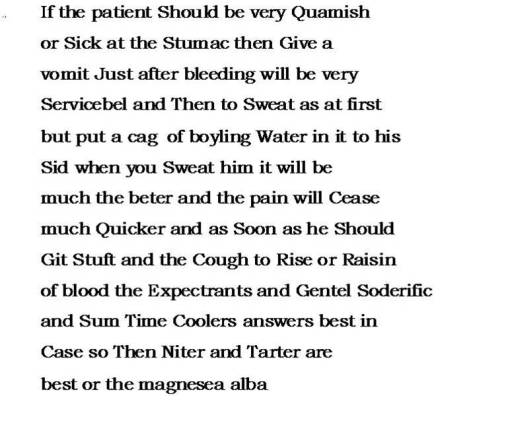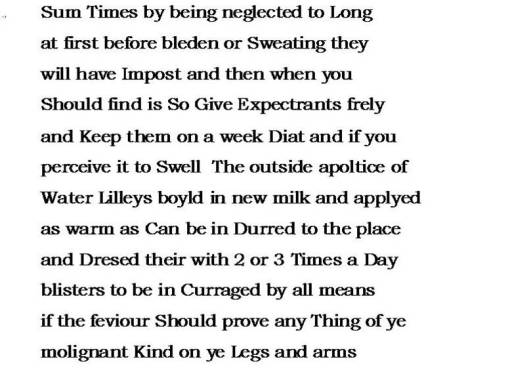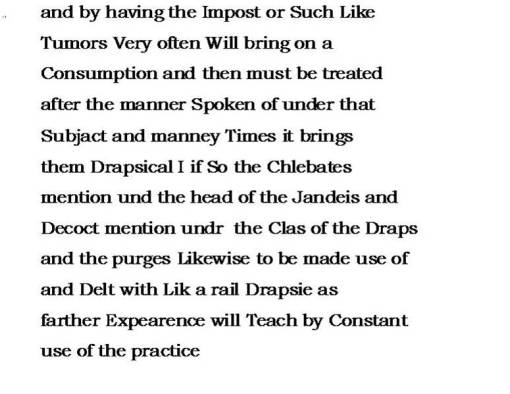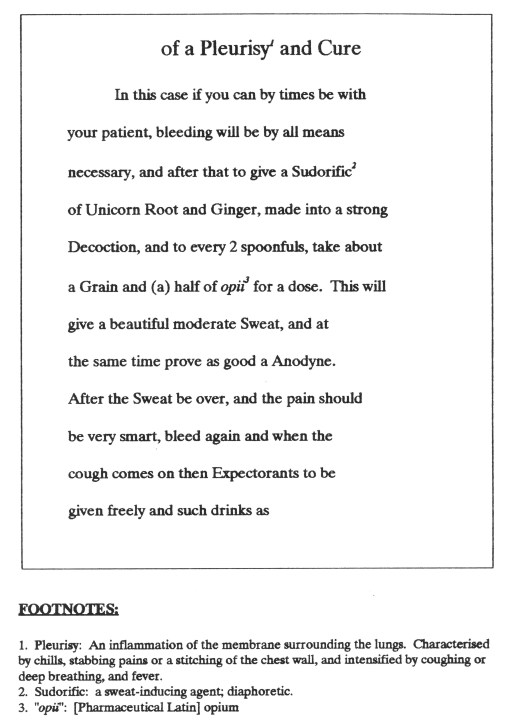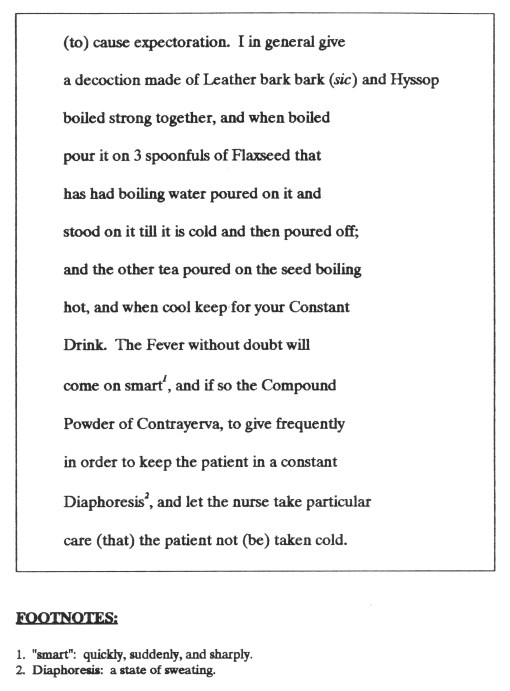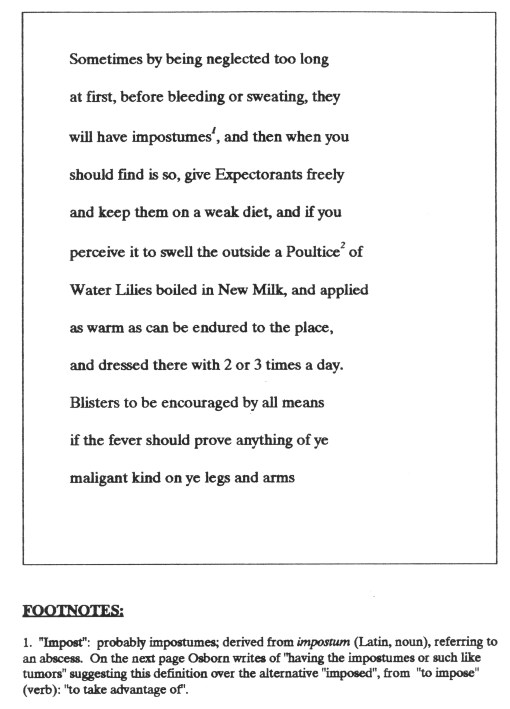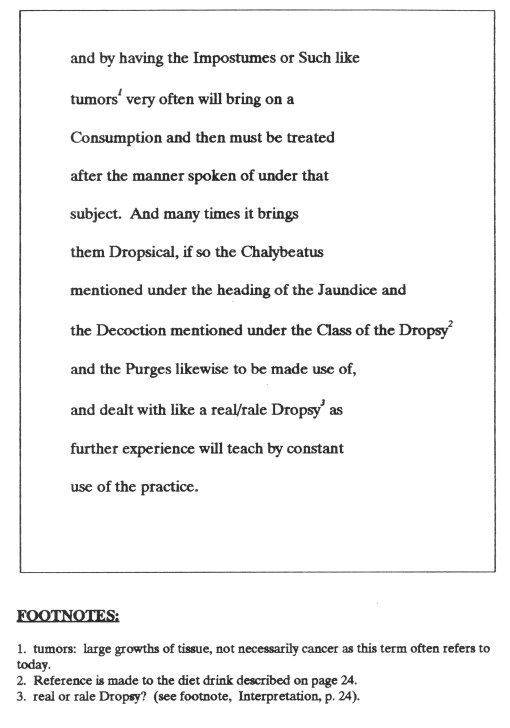Transcription
………………………………………………………………………………
Between the lungs and the rib cage and the connective and muscular tussue surrounding these bones is the pleura, a membrane than envelopes and seals the lungs, preventing air from going between the lung and the ribs, thereby preventing the ability of lungs to draw in air when the diaphragm causes it to expand and inflate. The pleura consist of two layers that essentially glide over each other due to a natural lubricant filling that narrow space ebtween the rib-contact and lung-contact layers of pleura. Puncturing this seal such as by a gunshot or an arrow can result in a collapsed lung. Allowing fluid to enter into this very thin space between the two pleura layers or between the pleura and lung or pleura and ribs can aciliates either the collapse of the lung or cause a partial collapse or deformation of the lung in its space, making respiration a more difficult, less effective process.
In the purist sense, pleurisy occurs when this pleura becomes inflamed. This inflammation is often due to infectious diseases. Tuberculosis or consumption causes it when the tuberculi make their way out of the lung and into the spaces next to of within the pleura. Rheumatic diseases can also cause inflammation of the pleura due to its bacterial behaviors. Certain infectious can also cause fluid to build up in around the pleura, cause inflammation to ensue, and result in the binding of the two pleural layers through a scarring process, making respiration painful in this part of the chest. Pleurisy related chest pains can develop due to viruses, chest wall muscle strain, rib injury or fracture, pneumonia, pericarditis, and pulmonary embolism. The build up of fluid in this space occurs often due to liver and kidney disease, and heart failure.
In the colonial sense, pleurisy is the result of either consumption, heart failure, chest/rib injury, pneumonia, and perhaps rheumatism or an unusual infectious disease. Dr. Osborn’s understanding of pleurisy and his writings about it suggest that he interpreted in much the same way as he interpreted the other diseases so far covered in his vade mecum. Pleurisy was most closely related to febrile diseases, resulting in a build up of water or phlegm in the blood, which had to be released from the body in the form of bleeding, sweating (sudorifics), and expectoration. The pain associated with this disease was apparently worse than that experienced by victims of the previous illnesses so far discussed in his vade mecum. For this reason this is the first time Osborn recommends opium for his patients, an anodyne for treating the chest wall pain.
The chest wall pain that Osborn refers to suggest that the pleurisy he is seeing is most often due to infectious diseases, in which pleuritis sets in due to introduction of bacteria to the pleuritic space, resulting in inflammation, scarring and adhesions formed between the pleura and its surrounding tissues. This pleuritic effusion process could also be secondary to diseases of the liver, kidney, heart and lungs, thus the reason for his ‘wandering pathogenetic’ theory (my term) for disease development. For this reason, Consumption and dropsy are again referred to in this section of his vade mecum.
Osborn must have been aware of the build up of fluids in the pleuritic cavity. One of the treatments he recommends requries the application of “a cag of hot water” to the side of the patient near the pain, the goal of which was to remove these fluids from the space where the pain was forming. Bleeding, sweating, expectorants and poultices applied to the body, with the goals of targeting the tumours locked in this space and causing them to dissipate, be expectorated or be lost through sweating, was the goal of his treatment modalities. By initiating this process, he notes the tendency for fevers to come on smart (quickly). This suggests that an inflammation brought on by infectious diseases capable of generating fevers tended to be the cause for pleurisy.
‘Sickness of the stomach’ and impostumes are also noted. This sickness may simply be nausea, or the result of virally or bacterially caused cases of Pleurisy. The impostumes are typically labelled “cancers” or cancer-like formations, and may simply be swollen tissues formed by infection–such as a tumor of the lungs where consumption (fungal organisms) have facilitated the development of another type of infectious growth or abscess to develop. [The term “impostumes” is from the French empostume, a modification of the term apostume , or the Latin apostema, all of which refer to a large abcess. Again See Wikipedia.]
In terms of Doctrine of Signatures, note the use of white Lilys (white = water or phlegm) for producing a poultice to lay over the impostume or pleuritic section of the chest.
